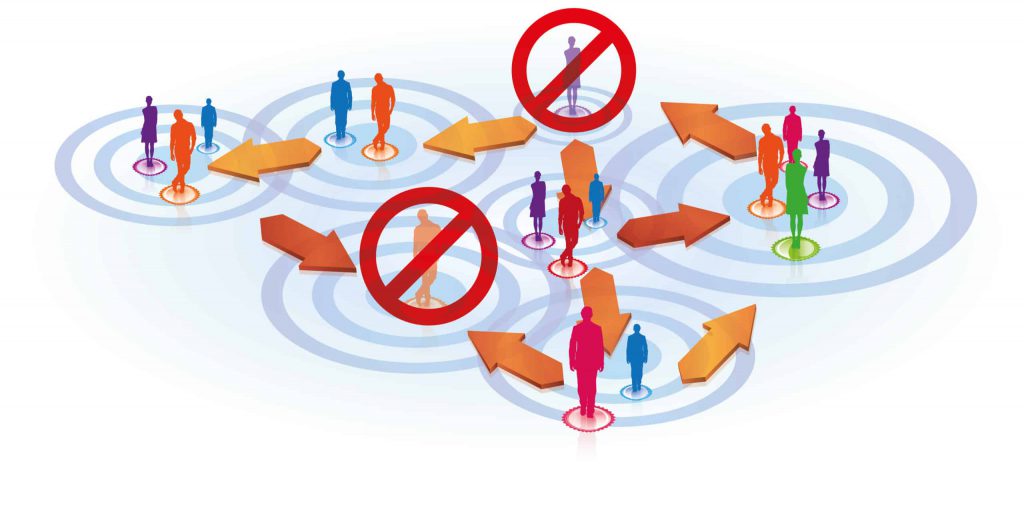 What do you use the Social Networking platform LinkedIn for? Perhaps you use it to build relationships, or perhaps you use it to find potential customers? Some people use it to seek out new employment. Some people accept a LinkedIn invite from a stranger. More on that shortly.
What do you use the Social Networking platform LinkedIn for? Perhaps you use it to build relationships, or perhaps you use it to find potential customers? Some people use it to seek out new employment. Some people accept a LinkedIn invite from a stranger. More on that shortly.
Personally, I find LinkedIn is a great way to build deeper relationships with people I value. To maintain contact with people who I know and to keep track of what they are up to professionally over the long-term.
However you use LinkedIn, it can be a powerful platform. But who are you actually connecting with on LinkedIn?
If you were to randomly select one of your LinkedIn connections and to telephone them, would they actually know who you are?
Who are you actually connected to on LinkedIn?
 For most people, in my experience, the answer to the above question is sheepishly given as a no.
For most people, in my experience, the answer to the above question is sheepishly given as a no.
All of us, myself included, have people we are connected to on LinkedIn who we simply don’t have a bloody clue as to who they are, and they, in turn, don’t know us from Adam.
This can happen for a variety of reasons. It may be somebody we met at a networking event years ago and connected with, and then promptly forgot about. It may be an old colleague we’ve lost touch with. These are reasons I can understand.
But it may also be because you accepted a LinkedIn invite from a stranger. That, I don’t understand and you’re probably wondering why you did it too, right?
A LinkedIn invite from a stranger

Sending a LinkedIn invite to a stranger is the virtual equivalent of wandering up to somebody at an in-person networking event, not saying a word to them, quietly slipping your business card into their hand, and then wandering away.
That’s not building your network.
That’s just creepy.
So why is it acceptable to do online?
I’d like to add you to my professional network on LinkedIn
Every month I receive dozens of requests on LinkedIn to connect with people I don’t know and have never heard of. Far from helping me understand why they’ve sent me a LinkedIn connection request, they don’t tell me who they are. They don’t give me a reason why we should connect — what’s in it for me? They just tell me that “I’d like to add you to my professional network on LinkedIn”.
That boilerplate LinkedIn request reeks of laziness and is a sure-fire way to have me reaching for the “Delete request” button.
If you want to stalk me follow me professionally then I’m on Twitter. You don’t have to ask my permission to follow me on Twitter. You can even Tweet me and I’ll reply.
If you’re already following me professionally and want to get in touch with me to discuss something privately, then you can email me. My email address is a matter of public record. So is my mobile phone number and home address. Hell, for most days of the week, it’s easy to find out where I’m going to be dining tonight too.
In short, I’m really easy to connect with and despite the fact that after reading this article you’re probably convinced I’m a grumpy old bastard, I’m really very open to meeting new people and forging relationships.
So with all that said, do you see why I think it’s incredibly lazy that you’ve not bothered to tell me who you are, why you want to connect with me and instead have just sent me a random LinkedIn connection request?
Further, if I feel that way about you, how many other people may feel the same way about the random invites you’ve sent to them? Far from building relationships, is it possible you’re making a bad first impression?
How to connect with people on LinkedIn effectively
 I ask people if they’d like to connect with me on LinkedIn all the time. When I do send a request, I avoid the LinkedIn boilerplate request and take 30 seconds to pen an introduction that tells the person
I ask people if they’d like to connect with me on LinkedIn all the time. When I do send a request, I avoid the LinkedIn boilerplate request and take 30 seconds to pen an introduction that tells the person
- Who I am
- Where we met (either in-person or virtually) and what we talked about
- What’s in it for them to connect with me
Why do I do this? Well, I’m not assuming that the other person remembers who I am. Gently reminding them of where we met and what we discussed is a polite way of saving their blushes if they’ve forgotten you.
Giving them a reason to connect with me is also sensible. “I think my clients may be interested in what you do”, “I have friends who ask for the type of work you do all the time” or even “I really enjoyed our conversation and would like to stay in touch” are all legitimate reasons which show the other person you value them and are not just collecting names in a book.
Though, the real reason I do this? Nobody else is doing it. It’s memorable. It’s remarkable.
In a world where everybody is now rushing to connect with as many people as possible, it’s really simple to stand out from the crowd.
But I want to expand my network!
Despite my own views on connecting with strangers on LinkedIn, I do understand the value of using LinkedIn to try to reach brand new connections. People you’ve not met in real-life, but people you’d like to connect with anyway.
I totally get this and again, my advice would be to politely tailor the introduction you’re sending them to tell that stranger who you are and what’s in it for them to connect with you.
I f you don’t, then you’re simply spamming people. You’re doing the virtual equivalent of cold-calling. And even cold-callers introduce themselves when they ring you, don’t they?
f you don’t, then you’re simply spamming people. You’re doing the virtual equivalent of cold-calling. And even cold-callers introduce themselves when they ring you, don’t they?
Conclusion
What are you really using LinkedIn for? Is it because you want to build relationships with people, or do you simply want to grow the number of strangers who are listed in your address book?
There are zero downsides to taking 30 seconds to tailor your LinkedIn invites, to introduce yourself properly and to give people a compelling reason to connect with you. What’s more, so few people actually do this that you’ll stand out from the crowd. It’s remarkable. You’ll start the new relationship off on the best footing.
But sending the LinkedIn boilerplate request? It’s not remarkable. It’s not unusual. It’s just lazy and predictable — and if I’ve not convinced you yet, then the next time you go to do it, picture yourself as that creepy guy or gal at a networking event. <shudder>
You can connect with me on LinkedIn here. 🙂


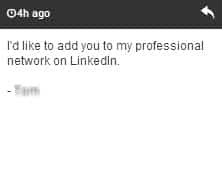
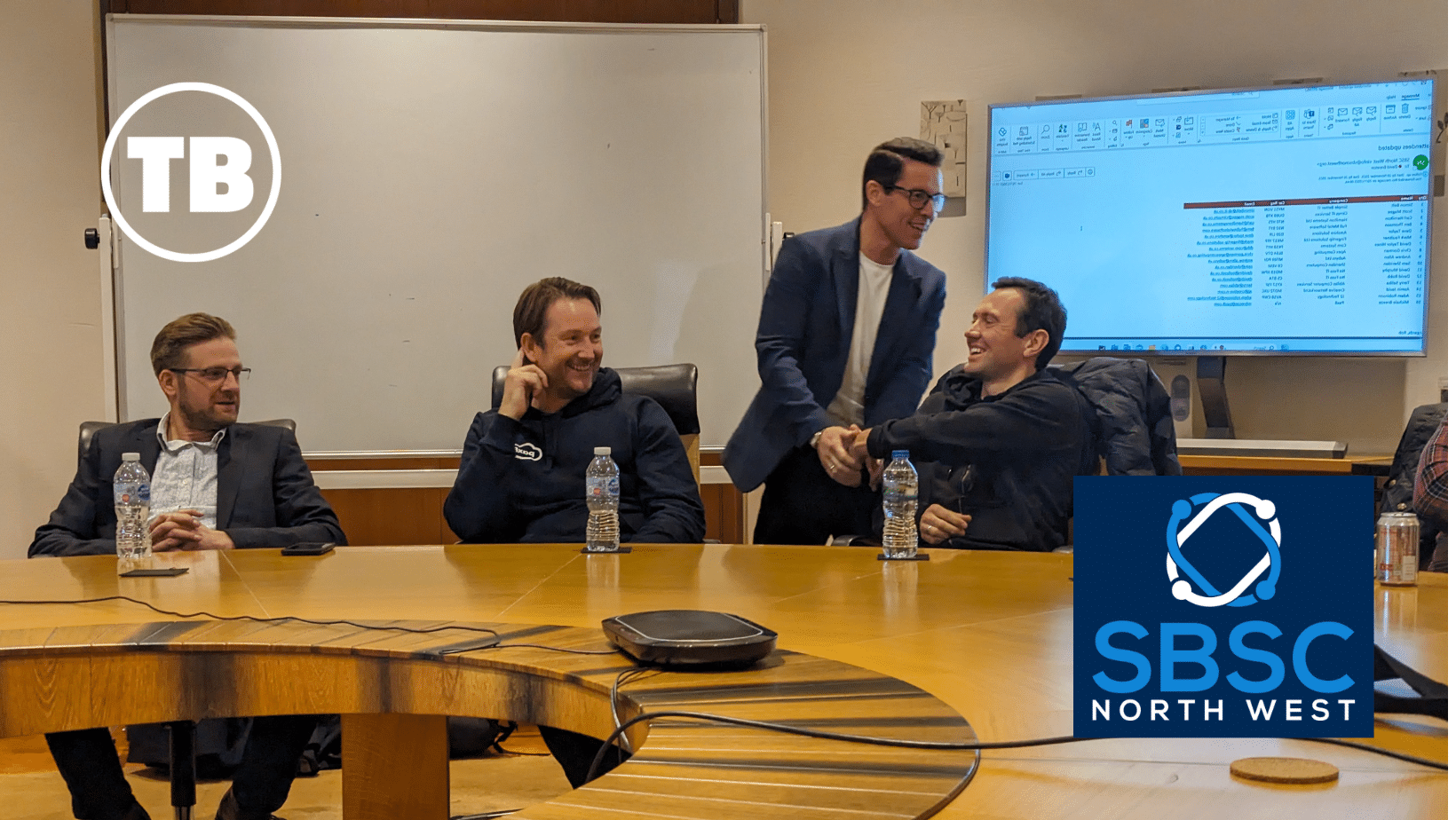
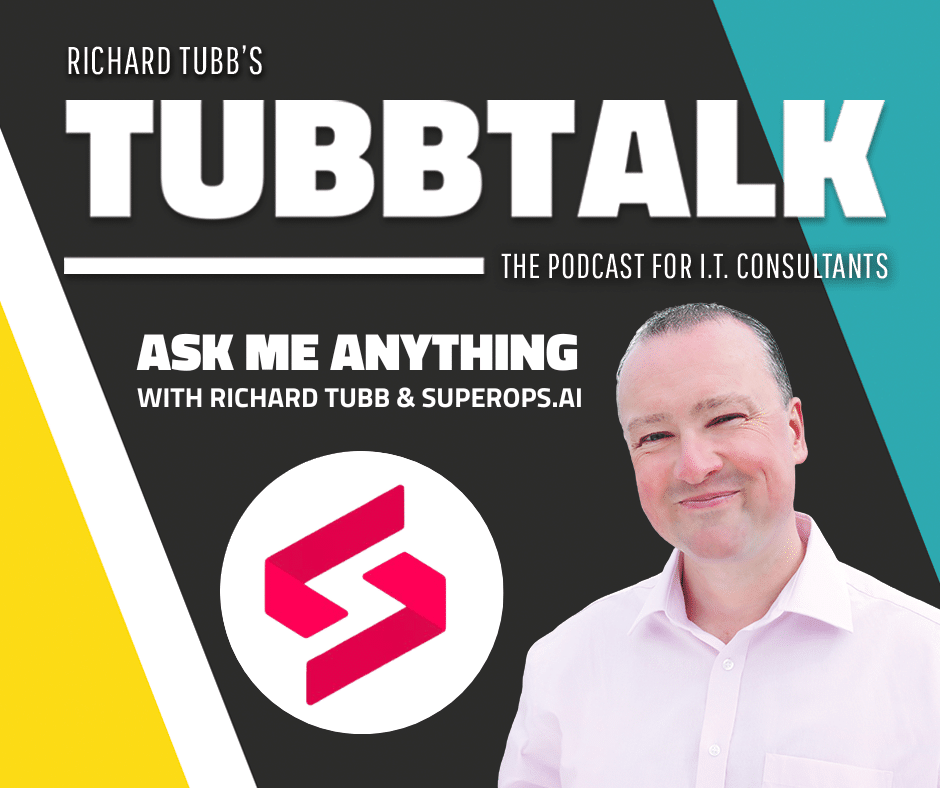
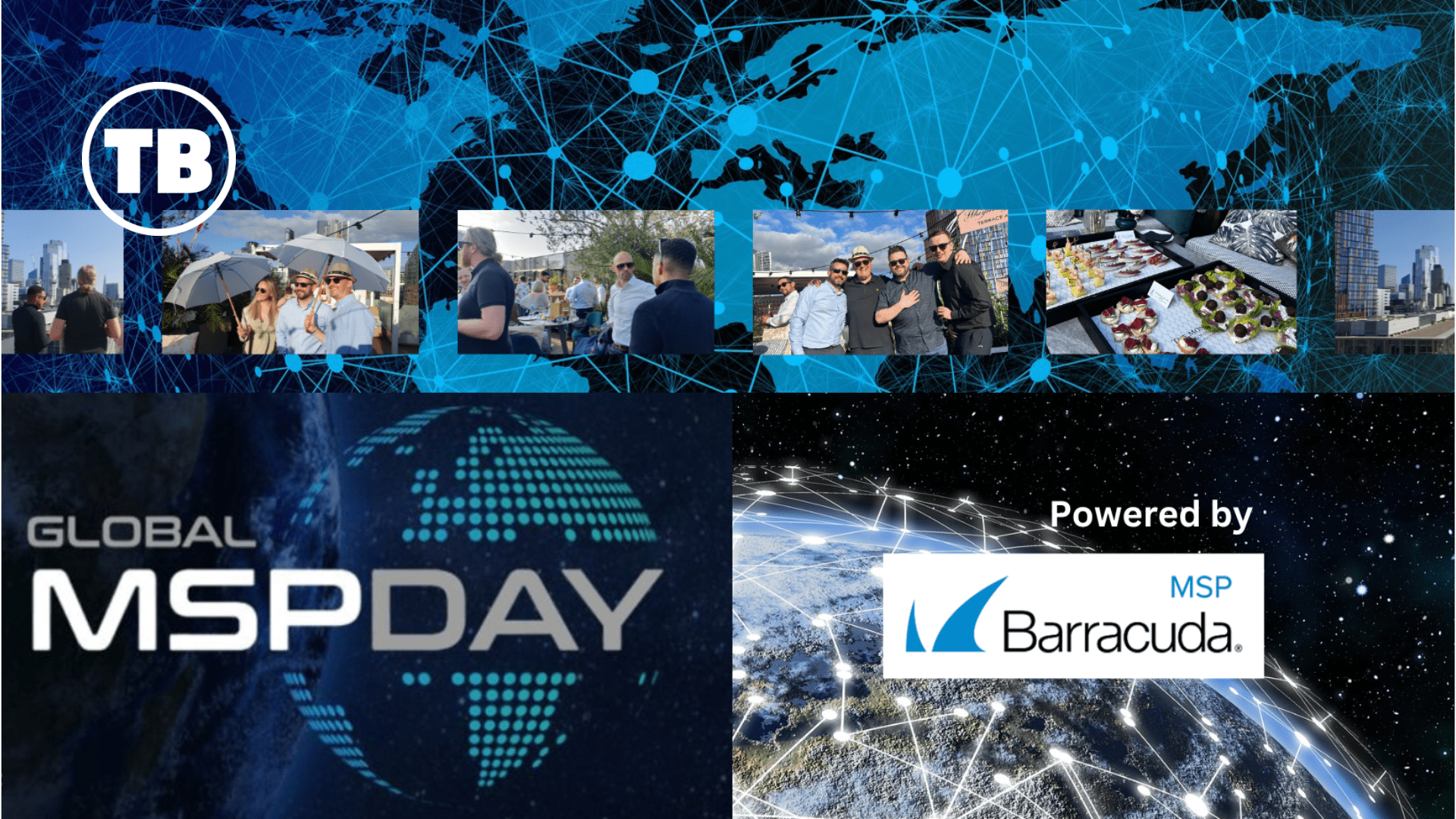


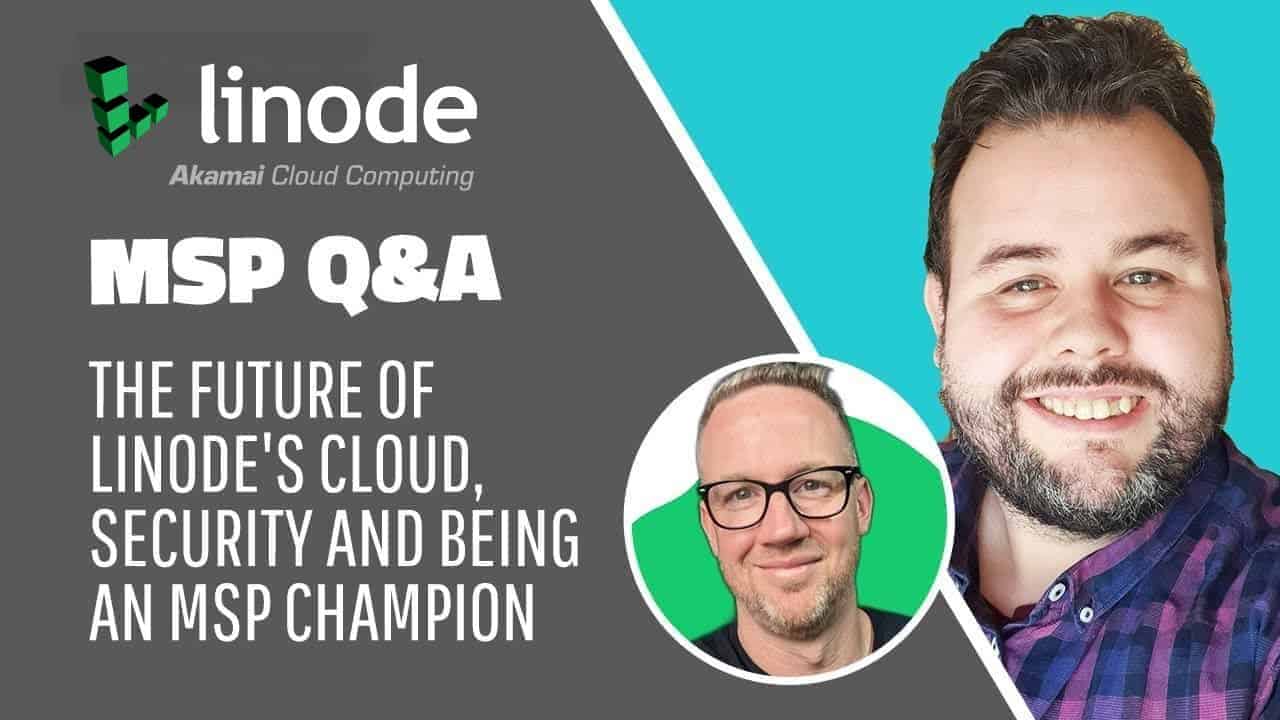
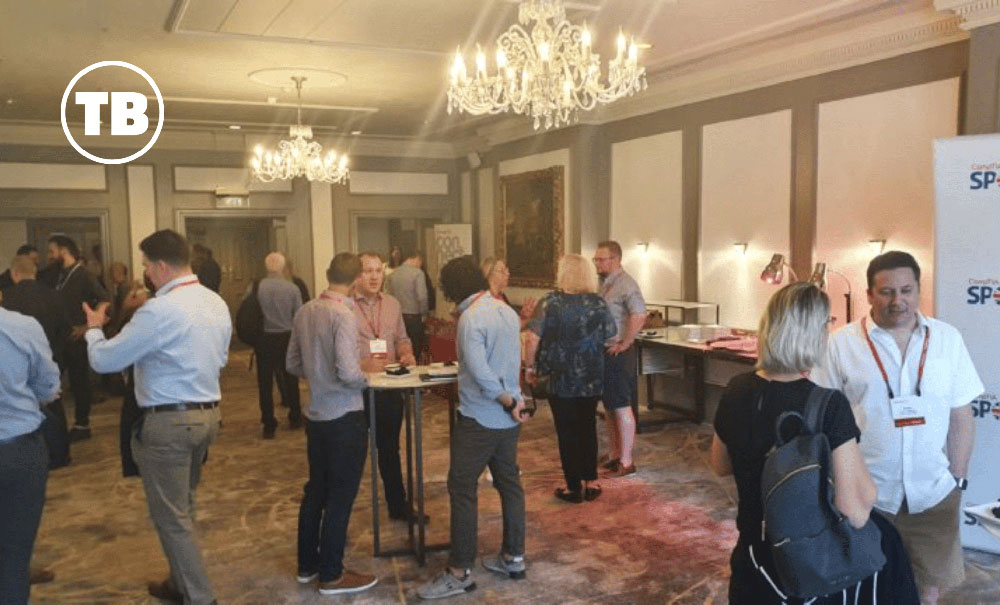
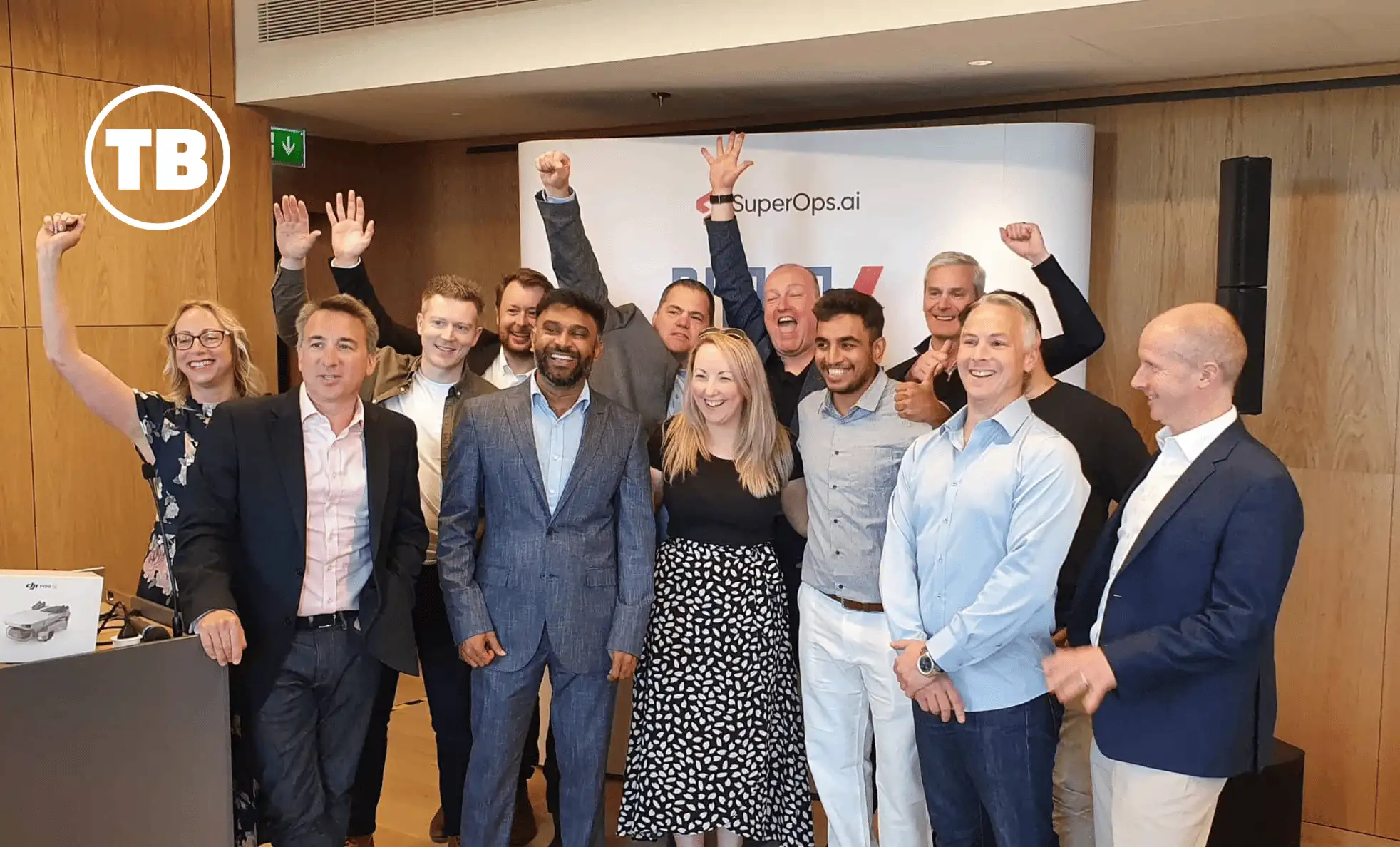
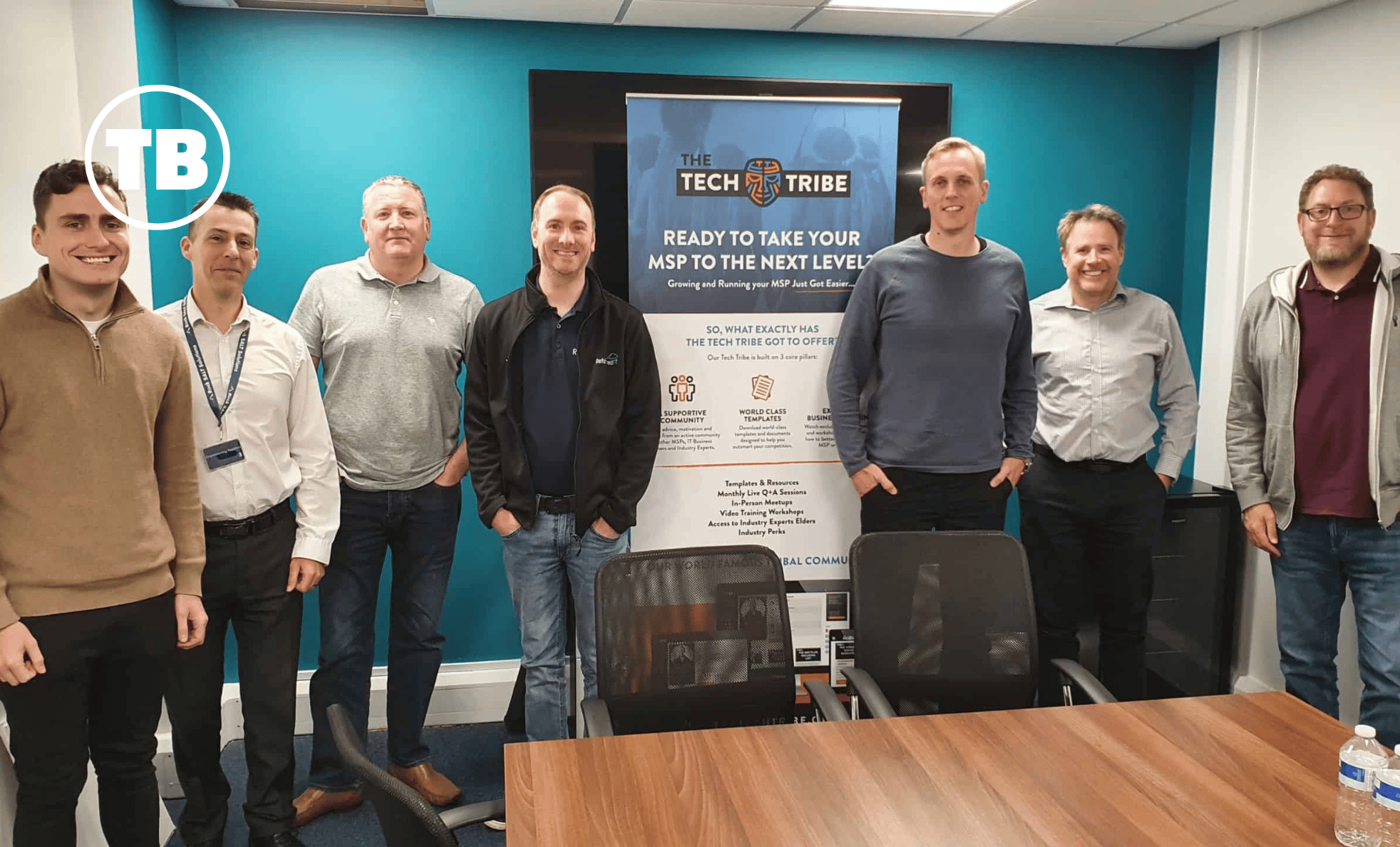
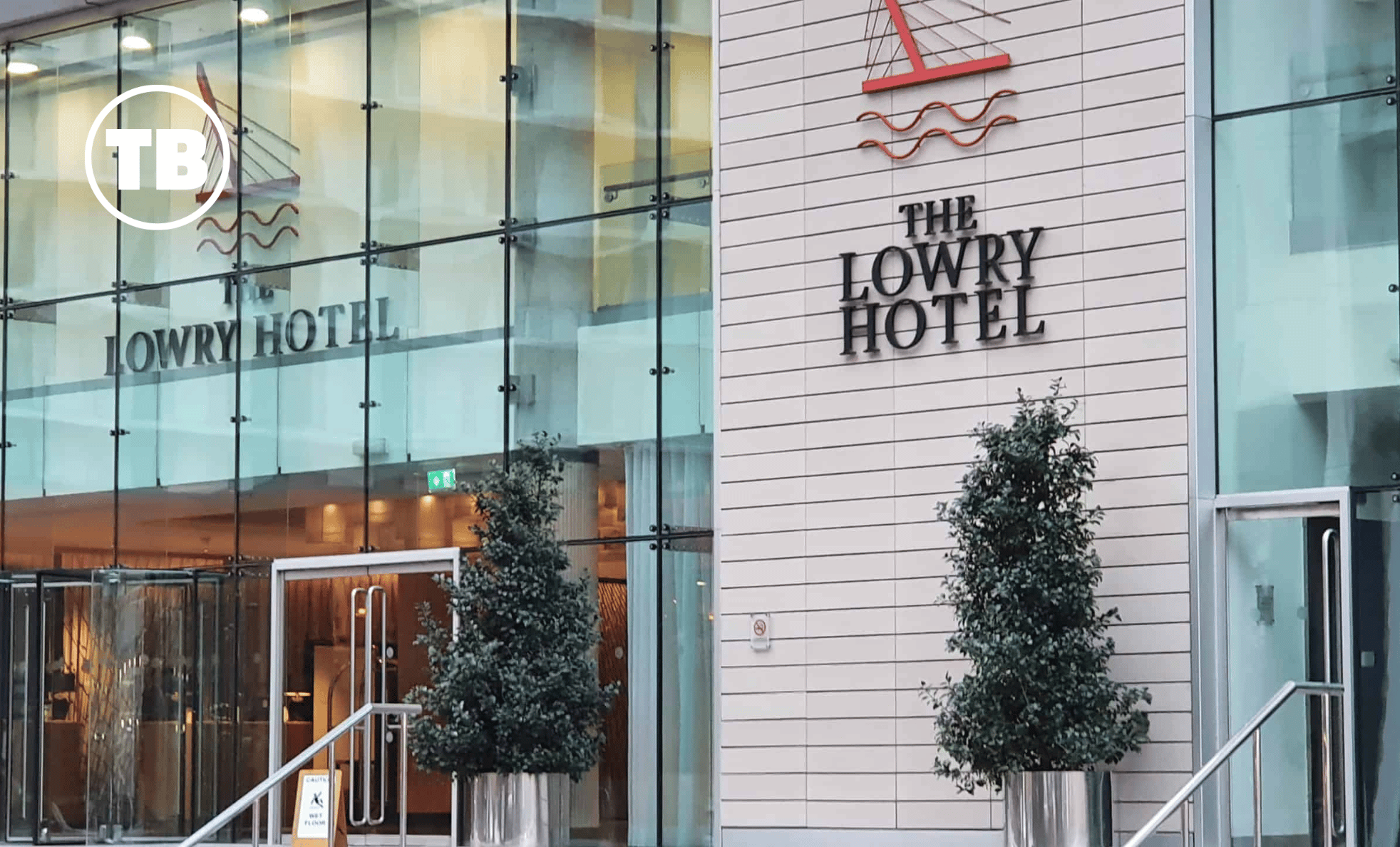
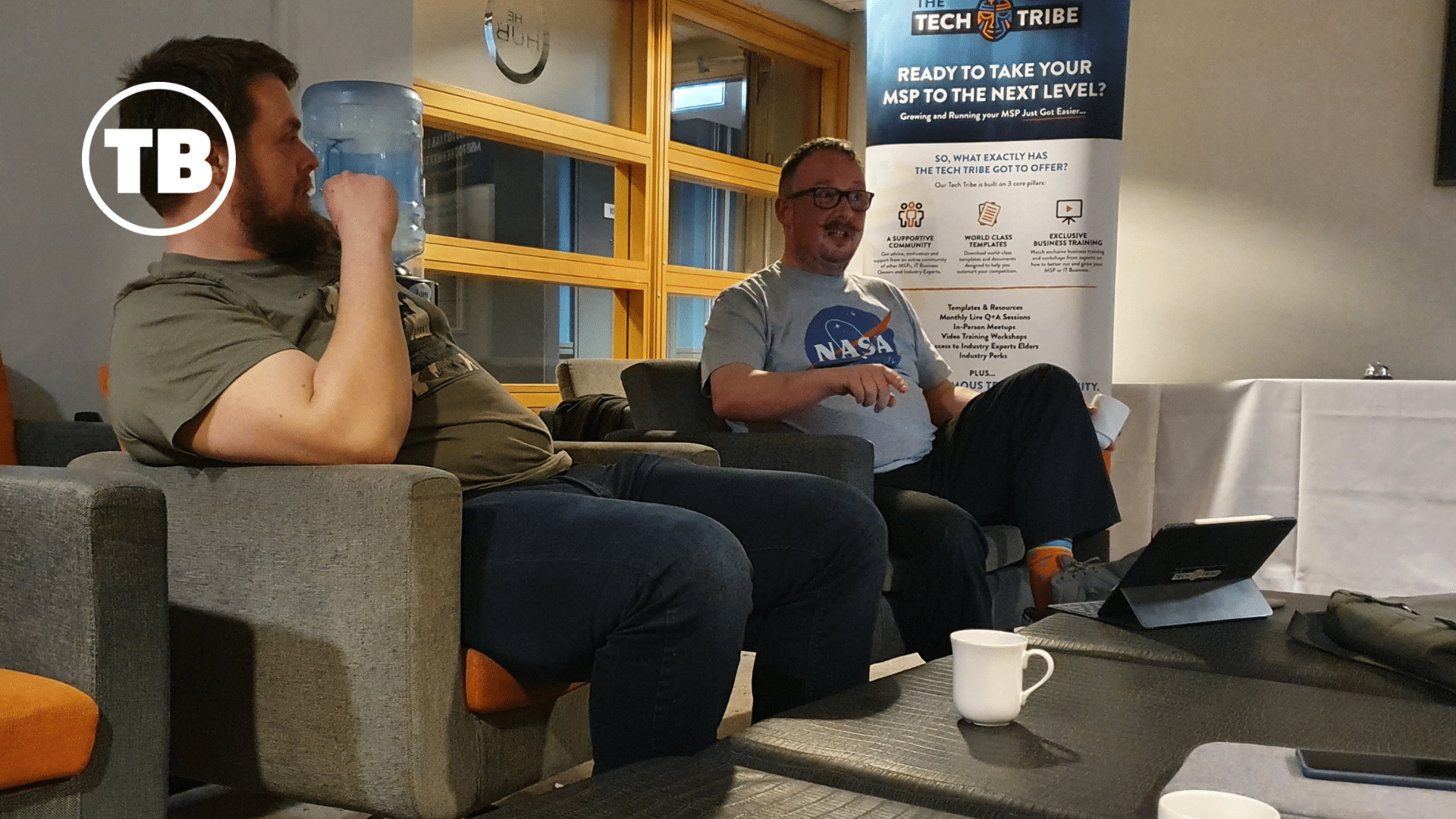


Comments
8 thoughts on Here’s the real reason I’ve deleted your LinkedIn request
JAKOB THUSGAARD
21ST JANUARY 2016 08:50:52
Love it! I'm very much with you on this one, Richard! Avoid boilerplate invitations at all cost: Don't send someone you don't already know an invitation from your mobile device, as they can't be modified. Since I too would like to connect with and help people around me, I send all individuals variations of the text below: BEGIN INVITE RESPONSE TEXT Hi , Thanks for the connection request. I’m happy to help you in your business in any way that I can. If you have a chance to answer three quick questions, that would help me to help you: 1. What prompted your connection request? 2. What type of people are you looking to meet? 3. Who out of my connections would be a good introduction for you today? To talk about these three questions, please go to http:// and share a time that works for you. To Your Success, END INVITE RESPONSE TEXT Also, we shouldn't forget that not everyone is a social networking professional. Some of the practices that one develops over time might be more sophisticated than those of people who invite you. You know, maybe they just listened to the wrong people and attended the wrong social media trainings. Finally the social networking approach differs by culture as well, which I guess is a topic for another day. Thanks again for sharing, Richard.
RICHARD TUBB
21ST JANUARY 2016 18:23:30
Oh, I love that response, Jakob. Very cool. Thanks for sharing it with my readers! This blog post has prompted a lot of responses. Some agreeing. Some disagreeing. I'll be following up on this topic in the next week with another blog post.
JUSTIN FINCH
21ST JANUARY 2016 19:31:14
Great article Richard. In my previous role as COO for executivesontheweb.com I used to receive many daily connection requests from complete strangers. The majority were from executive job seekers who were looking for career advice and my issue was deciding whether replying with advice was time well spent. In the end I decided to stop connecting to random people because I was not getting any value out of it for myself or the business. On the flip side if I could have found a way to monetise this then my attitude would have been totally different, but I guess most people were seeking free advice.
RICHARD TUBB
22ND JANUARY 2016 07:36:30
Thanks for the feedback Justin. It's really interesting to hear the thoughts of a recruiter who experiences the same challenges with boilerplate LinkedIn requests too!
5 STEPS TO CREATING A BLOG THAT GENERATES LEADS | N-ABLE
3RD MARCH 2016 22:32:06
[…] Successful blogs feel like a conversation. The writing is concise, clear and has the rhythms of daily speech. Sentences and paragraphs are short. Sometimes a sentence starts with a question; sometimes a question is a paragraph. The best test of your blog writing is to read it aloud. If you stumble or struggle, so will your reader. Here’s an example of a blogger who’s writing is easy to read and vividly conveys his personality. […]
JASON JONES
22ND FEBRUARY 2017 09:14:09
I'm going to speak in defence of boilerplates here. I met John at a networking event I attended on behalf of a colleague who knew him already. I also enquired about what he did and where because his unusual surname was the same as an old school friend I'd lost touch with. If you have engaged with them already and they are expecting a request, a customised boilerplate isn't going to make a difference. Of course that is the point of John's article anyway, connecting only with people who give you a good reason to creates a more credible network.
RICHARD TUBB
22ND FEBRUARY 2017 13:24:17
Hi Jason -- thanks for the feedback. You make a good point, and I'd add that given that it takes a mere 30 seconds to customise an invitation to somebody on LinkedIn, why wouldn't you want to make an even stronger impression and avoid any assumptions that the person you're inviting to connect *doesn't* remember you (even if you think they do!).
FRANK BENNETT
25TH APRIL 2017 09:54:09
Latest invitation just read: Happy to connect with you. At a recent talk on cybercrime everyone I learned that everyone should be aware that you could be a victim of social engineering and it does not matter if you are a CEO or work the reception desk. This is a modus operandi of criminals who expertly and patiently infiltrate an organisation using LinkedIn ultimately for financial gain. Not all LinkedIn profiles are genuine and sometimes the motive can be criminal. I endorse the views here that unless I have met someone or can vouch for them through an existing contact then it is always a decline. This does IMO cast a shadow over the future of LinkedIn.